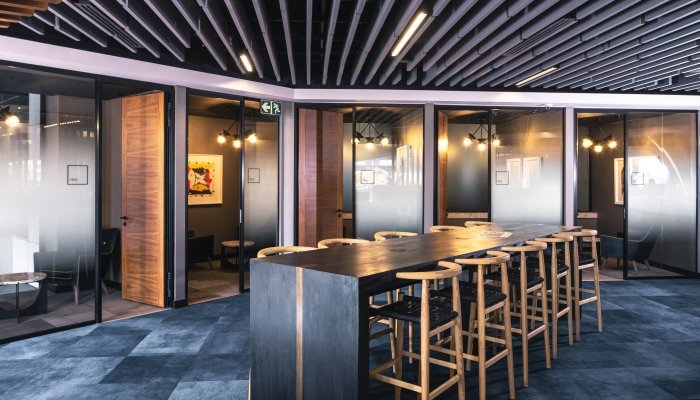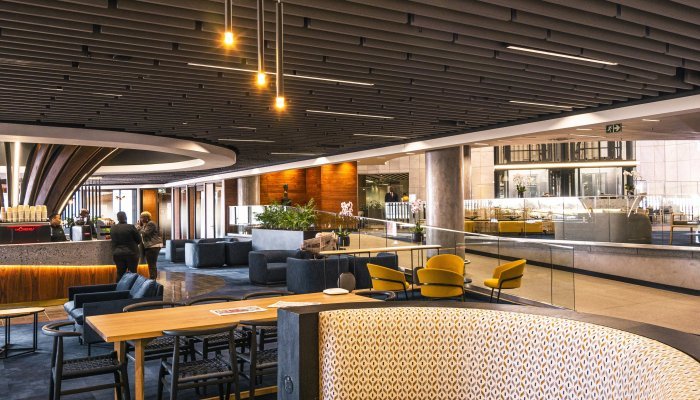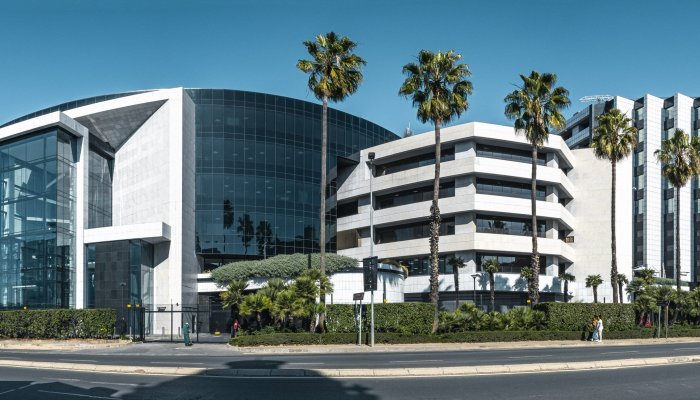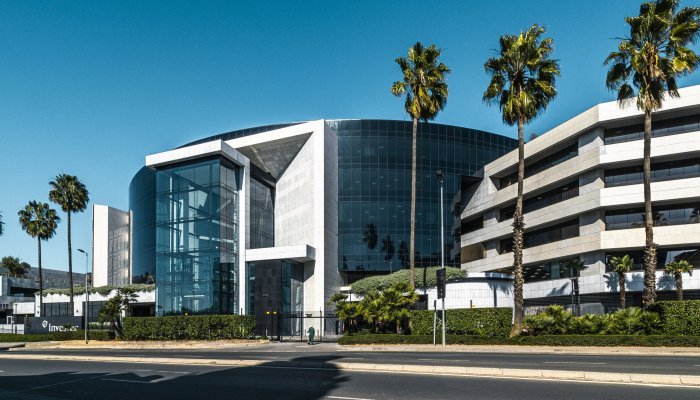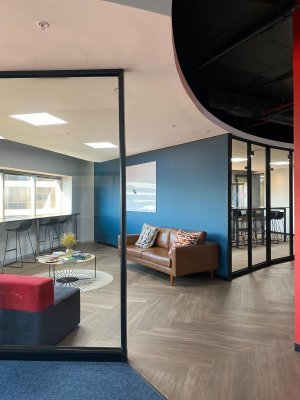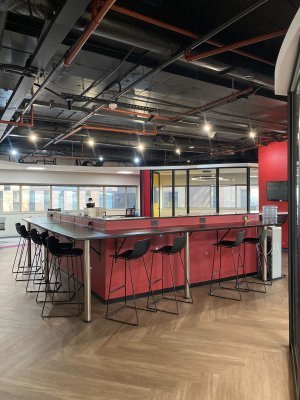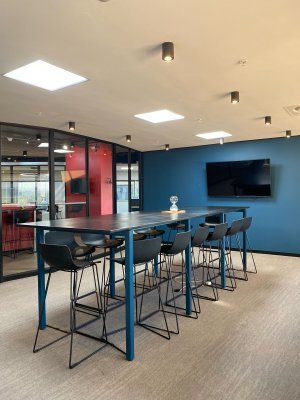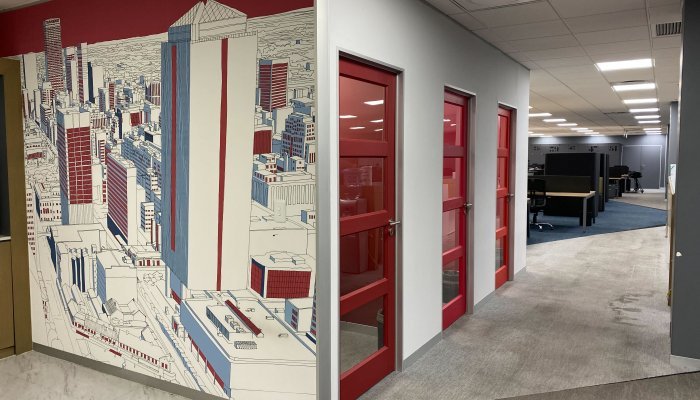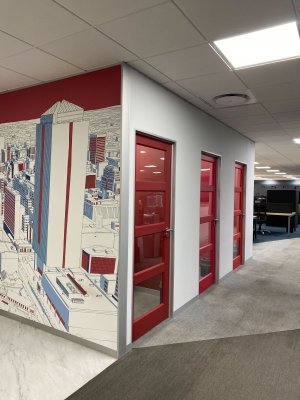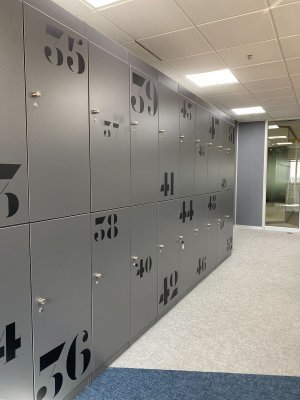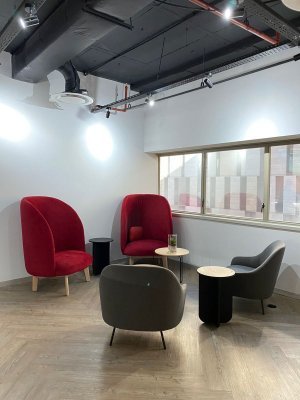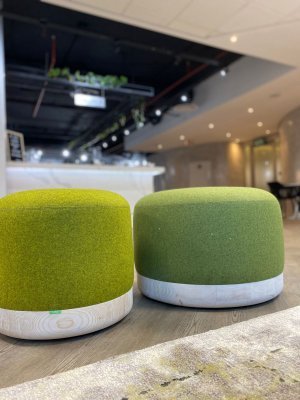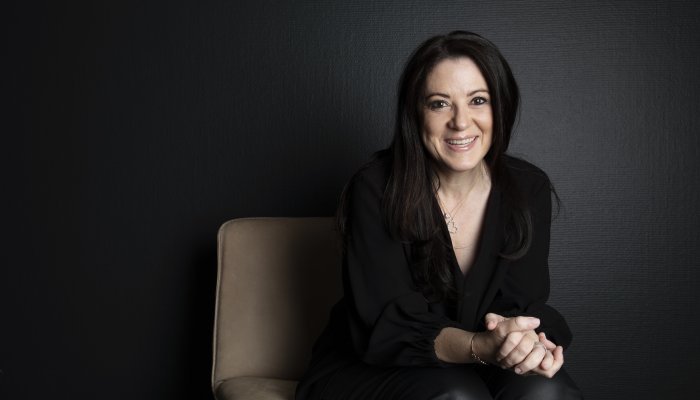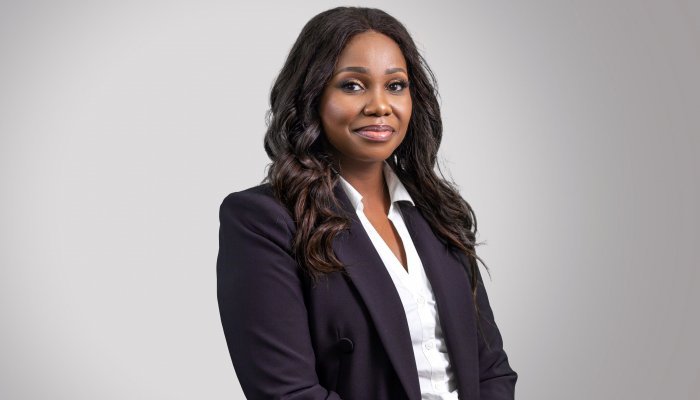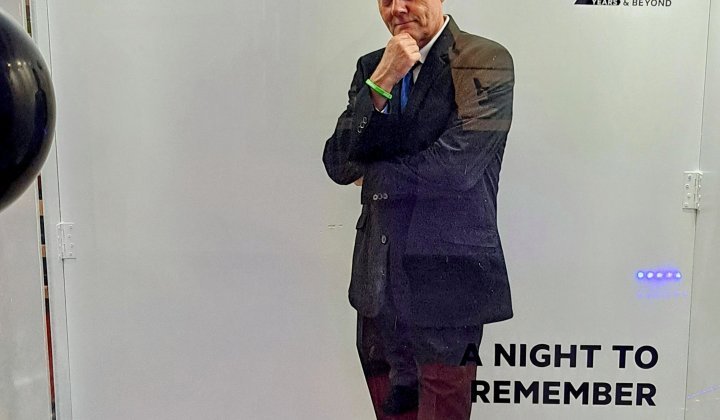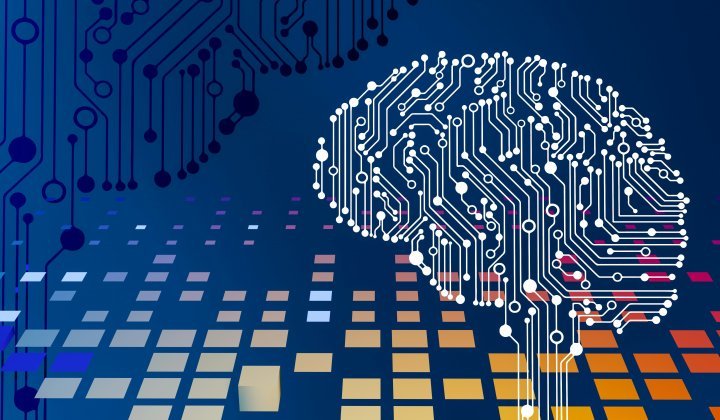In the past three years, the hybrid working model – that is, working from the office or remotely, has increased in popularity as companies grapple with the new world of work.
The onset of the Covid-19 pandemic in March 2020 accelerated the adoption of the model, which was taking shape long before the pandemic.
In South Africa, this shift had negative effects on the struggling office property sector, which saw vacancies climb to double digits as many occupiers either dramatically reduced their office space or gave up space altogether.
For leaders, the shift meant learning to manage teams in a remote working environment, while deciding whether the office was a necessity for the future.
Since the definition of “hybrid” differs from one organisation to the other, leaders need to build models that best serve the changing needs of their businesses and customers. So says Sarah Babb, a professional associate at GIBS. Babb also runs a GIBS Masterclass on Creating Healthy Hybrid Work Practices.
“An effective hybrid model enriches the shared culture and values as well as team collaboration deemed fair and inclusive to enhance employee engagement [while] recognising individual flexibility,” she says.
Leadership challenge
In her recent research on leading in a new workplace environment, Grace Lordan, an associate professor at the London School of Economics, found that the changing role of the physical office challenged leaders to think differently.
Leaders had to learn to trust their teams to deliver on what is required of them, along with giving employees flexibility to choose where to work to increase productivity.
Data from Ipsos reveals that of 540 000 people surveyed across 95 countries, 68% were in favour of hybrid work while nearly a quarter chose to work remotely.
Babb points out that leaders must develop a precise mix of hybrid work that caters for business needs to service customers and output, that services employee needs, that manages logistics and that caters for the infrastructure needs of a flexible and shifting work model.
In South Africa, managing these complexities is even harder, given load-shedding, poor internet connectivity in some regions and challenging work-from-home conditions for many employees.
According to the 2022 Gallup State of the Global Workforce report, only 24% South African employees are engaged at work. Babb says South Africa has one of the lowest mental health scores in the world, and an increasingly mobile skilled workforce that with the rise of remote work can and is opting to take up overseas opportunities. The result is a brain drain.
The hybrid work model provides opportunities for employees and businesses alike. The benefit of remote working and onsite co-location provides opportunities to socialise and interact with peers, which make it attractive, says Babb.
Challenges and opportunities
Challenges
- Difficult to collaborate and innovate virtually
- Reduction in face-to-face interaction, weaker social capital and networking
- Limited visibility, exposure and networking across the business limiting career development prospects
- Increased work hours result in stress, fatigue and burnout and mental wellness challenges such as anxiety and depression
Opportunities
- Employee value proposition enhanced through offering hybrid work options
- Flexibility expands the available pool of potential talent to globally based employees
- Lower fixed overhead costs as office work needs to change to temporary and online engagements
- Reduced carbon footprint due to reduced employee travel
Pan-African property management and services company Broll Property Group implemented the hybrid work model in 2021, with employees working from the office three days a week.
“Our business has operated in this manner even before the pandemic with certain staff members choosing the best environment to work in,” says Bathobile Chime, the client solutions director at Cushman & Wakefield | Broll.
Chime says a hybrid environment requires that leaders build trust and inclusion, which result in stronger teams and more effective and constant communication while driving focus on target goals and accountability.
“The most successful teams have a high performance culture led by driven leaders who are available for their teams.”
Chime says setting clear expectations and accountability are key from a leadership perspective. This involves consistent communication with teams on work schedules and general check-ins to create a sense of community.
She says it is important for leaders to understand the benefits of each working situation to ensure fairness among teams, and also commit equal time and focus on individuals.
Hybrid work has also changed the way employee productivity and performance is measured. For Chime, the measures are better than before as there is more awareness of possible disconnections with the team.
In measuring productivity and employee performance, leaders have to consider various factors. These include whether profits and financial targets align with deliverables, and whether employees get the job done and manage their time efficiently. Leaders also need feedback and peer assessment of staff, monitoring their progress and checking if clients are satisfied with service delivery.
“Leaders and management have had to become more cognisant of their teams’ wellbeing and workstyles – as well as moving to output-based performance management.”
Crafting new working environments
Drawing on insights from the Masterclass on Creating Healthy Hybrid Work Practices, Babb explains that for leaders to create effective hybrid work environments, they need to consider principles such as inclusion and parity, transparency, flexibility and autonomy as well as balancing wellbeing and sustainable business.
“Leaders provide guidelines on the chosen work arrangements, and together with their teams, they have the autonomy to schedule and contract these among themselves.”
As an example, leaders can say they support two days a week equivalent off site work opportunities for all employees, thus giving equal access to remote working along with supportive tools.
Teams would contract outputs and success measures and ways of working — not hours of working, with meetings designed for brainstorming, problem solving, decision-making and collaboration.
Flexibility
Financial services group Investec’s approach to the work environment is located in great flexibility rather than hybrid and this differs from the traditional understanding of a hybrid model.
Typically, a hybrid organisation has a 50/50 approach to working from the office and remotely, whereas at Investec, the company primarily locates work in its environments with its clients, placing greater value on human interaction and face-to-face engagement as integral to the company culture.
“A key feature of our employee value proposition and the culture has always been flexibility,” says Lesley-Anne Gatter, global head of people & organisation at Investec.
Gatter says long before the pandemic, the organisation recognised the value of being output- and performance-focused along with being flexible. Technological advances enable this flexibility and ensure presence when required.
Investec’s strength lies in its culture, which is crucial for the group success, hence an individualised team-based environment, which necessitates significant connectedness. Deep relationships and partnerships are a priority.
Through its subsidiary Internal Developers (ID), specialists in strategic workplace solutions, Broll has found that clients choose hybrid for three reasons: to reduce the space they occupy, redefine existing office space to include collaborative areas, and to attract and retain talent.
According to Tandi Jacobs, operations director at ID, an important proviso for staff to work remotely should be a checklist to ensure that their home office is conducive to deliver the output. Typically, people work two to four days in the office.
Jacobs says for hybrid models to work, clear policies should be in place, as well as implementing core working hours to avoid staff burnout and ensure that office days are purposeful and not a matter of ticking the register.
The group, with five offices countrywide, has not reduced its office space. Its headquarters in Sandton houses more than 400 employees. Here, the company created a café and pause area to allow its employees to step away from their traditional workstations to reconnect and relax.
Babb adds that leaders are critical in times of complexity and rapid change, as well as to foster hybrid work environments that support employee wellbeing and grow strong organisational capacity to perform.
KEY TAKEAWAYS
Six keys to creating healthy hybrid teams
Drawing on insights from the masterclass on Creating Healthy Hybrid Work Practices, Babb offers the six keys to healthy hybrid teams and building leader capacity and awareness in executing these practices.
- Take care: Leaders should support intrapersonal wellbeing and interpersonal connection, open doors for cross-functional collaboration and business networking as well as support individual remote career development.
- Be clear: Healthy hybrid teams require leaders to pay closer attention to the coordination and scheduling of workflows, work team remote and connect times with clear communications and information dissemination.
- Create rituals: A leader creates rituals to reinforce a healthy hybrid environment that enables the delegation of power to teams – while simultaneously catering to the wellbeing and engagement of individuals.
- Master online leading: Leaders need to approach the hybrid model and evaluate employee performance in ways that are relevant and fit for purpose for that sector and profession.
- Communicate with curiosity: This enables leaders to gain insights into their team thinking in terms of problem-solving and creativity.
- Grow wellness: Focusing on the wellness needs of staff results in healthy, performing teams.
Investec Group
The group has a combination of owned and rented office buildings in Sandton, Cape Town, the Winelands, Paarl, Knysna, George, Gqeberha, East London, Pietermaritzburg, Bloemfontein and Mbombela. Before the pandemic, the group started renovating some of its buildings, which were completed during lockdown. Unlike some companies, Investec has not reduced office space and has no plans to downsize – the company is experiencing high demand for meeting or training rooms within its Cape Town and Sandton offices.


